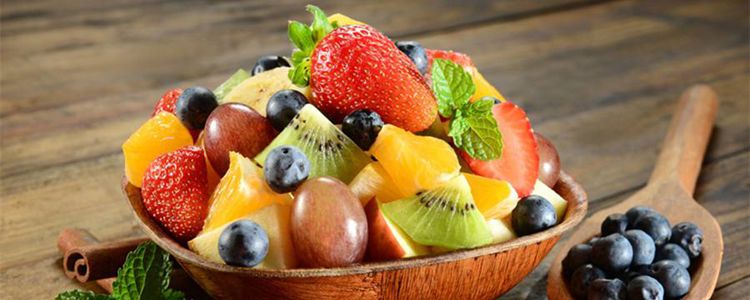GUANGDONG KELONG BIOTECHNOLOGY CO., LTD.
Add: No.5-17 and No.5-32, South area of Qibao Industry and Trade, Huicheng, Xinhui, Jiangmen, Guangdong, China
Tel:+86-750-6978788
Fax:+86-750-6978868
Wechat: 13828063050
Website: http://www.kelongbio.com
Email: export@kelongbio.com
marketing@kelongbio.com

The world is colorful because of its various pigment. Just like beauty loves makeup, it is to make yourself look more beautiful and bright. Similarly, when we eat food, we require pigment, fragrance, and taste, and put color in the first place, because "color" can bring us visual impact and have the impulse to eat. It is because of this impulse that we have the practice of adding pigments to food. When we enjoy these beauty colors, we are also entangled in these "beauty colors" will not be "for the disaster", worry about its safety. .
To understand whether it is safe, we must first understand the pigment. In the "Standards for the Use of Food Additives (2011 Edition)", the pigment agent "is a substance that imparts color to the color and improves the color of the food", and the coloring agent is a pigment. The pigments contained in our food are divided into natural pigments and synthetic pigments.
What are natural pigments and synthetic pigments?
Natural pigment refers to the pigment that comes directly to the automatic plant tissue. Except that the vinegar is highly toxic and not used, the rest is generally harmless to human health. Natural food colors that are allowed to be used in China and have national standards are: curcumin, shellac pigment, safflor yellow, chlorophyll copper sodium salt, capsanthin, red yeast rice and carotene.
Synthetic pigments mainly include carmine and its aluminum dots, amaranth and its aluminum lake, lemon yellow and its aluminum lake, sunset yellow and its aluminum lake, bright blue and its aluminum lake, new red And its aluminum lake and the like.
Are artificial pigments and natural pigments harmful to humans?
Many people have this question, is pigment harmful to us? Some people even say that eating too much a child can cause ADHD. And this conclusion is based on a set of experiments done by some foreign institutions, but whether this experiment is correct, whether it is finally confirmed, and not implemented, so such data does not explain the problem. In fact, there are restrictions on the use and management of food pigments in countries all over the world. From the current standards, as long as they meet the standards, both artificial and natural pigments are safe.
When we say that the pigment is harmful, we ignore the food itself. Most foods that require pigments are sweets, puffed foods and some high-calorie foods. And such food itself has health risks, eating too much is a health burden. Therefore, when we are worried about the harm of pigments, we should control our food intake that has hidden dangers to health, reduce the frequency of eating deep-processed foods, and help children resist various snacks. This is the correct way we want to establish. Diet concept.
Which is better for natural and synthetic pigments?
In our use, the natural pigments are much more abundant than synthetic pigments, and the nutritional and antioxidant effects of natural pigments are also recognized in food, such as carotene in carrots, lutein in marigold, and grapes. The polyphenols have good health effects on cardiovascular and cerebrovascular, anti-oxidation and eyes. But this does not mean that natural pigments are better than synthetic pigments. Because this is also based on the food itself, what kind of food is added to what kind of food, how much pigment is added, it needs to be decided according to laws and regulations.
Pigments added according to laws and regulations are safe. But we must also be careful not to be confused by the pigment of food, to resist temptation, to learn to control ourselves, to eat on time and in quantity. Even the best food, too much is a burden.